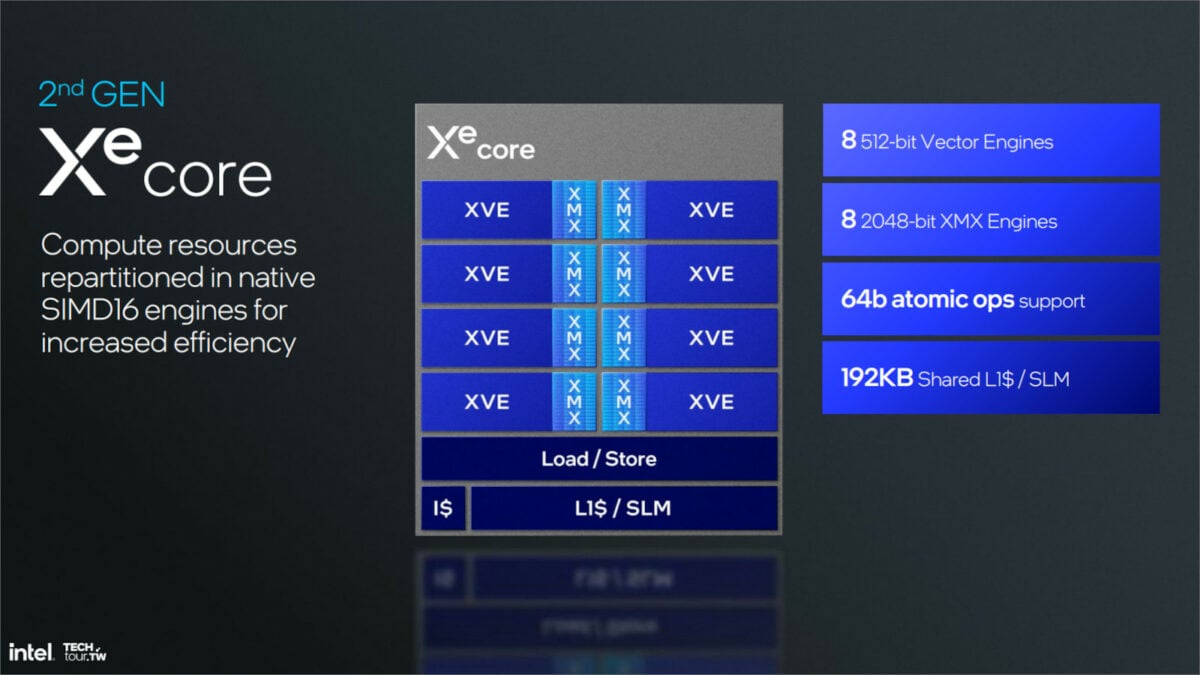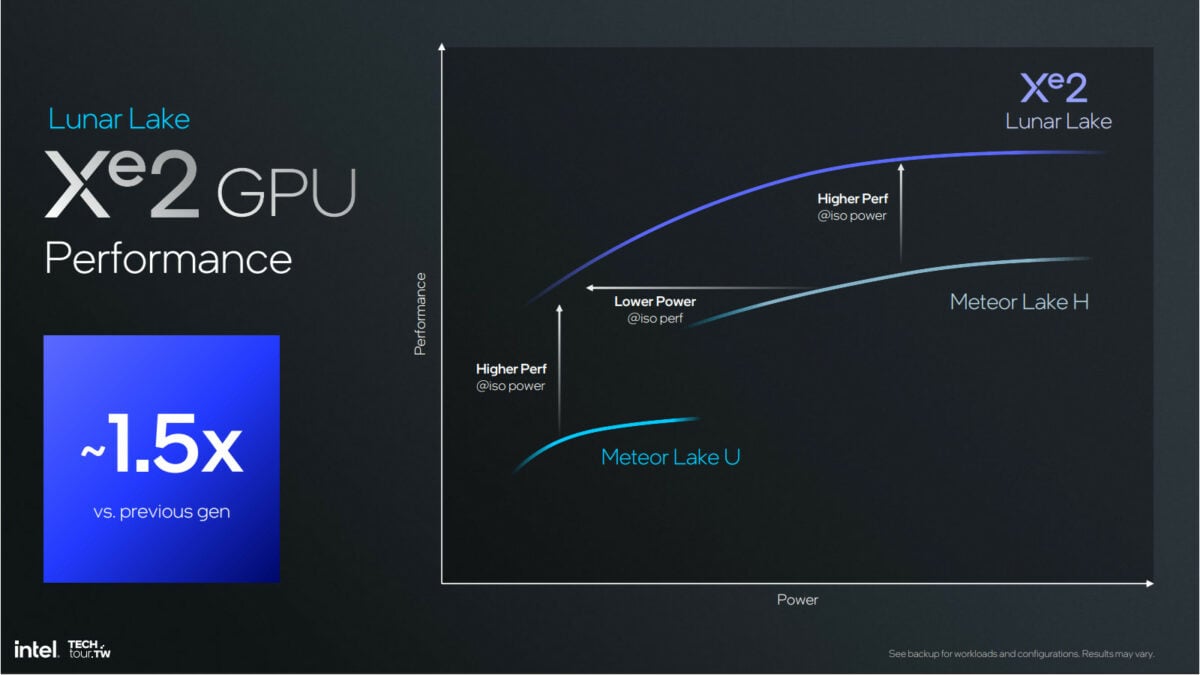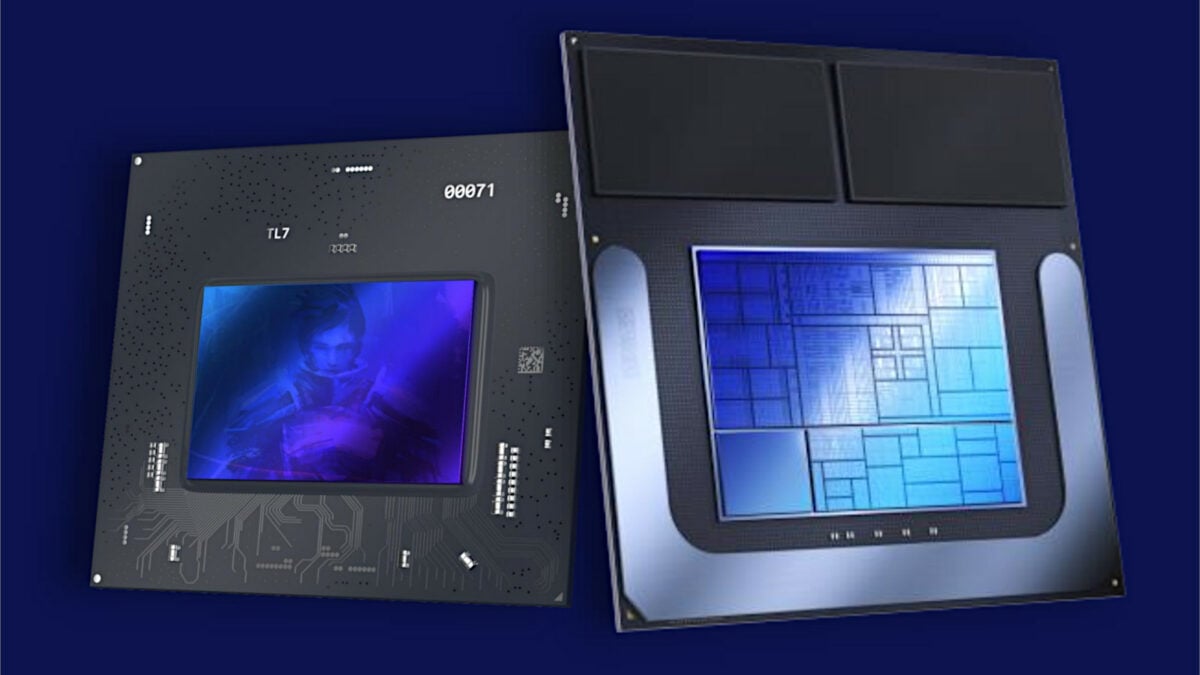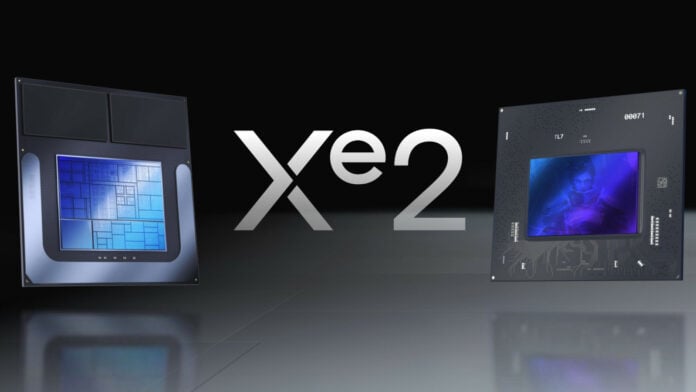Just when Arc Battlemage looked like it was on its final death saving throw, fate cast the proverbial roll of the dice it so desperately needed. At Computex, Intel reaffirmed its plans to continue making dedicated graphics cards. This is great news, but the company sadly stopped short of confirming when exactly they will appear. Thankfully, Intel had plenty to say about its new Xe2 graphics architecture, which will power Lunar Lake iGPUs later this year and (eventually) Battlemage GPUs.
Speaking at a presentation in Taiwan, Intel fellow (and stalwart champion of Arc) Tom Petersen laid out the case for how the company plans to craft its best graphics cards and integrated graphics with Xe2. It’s important to note that this is a unified architecture, replacing the prior direction of separate Xe and Xe-HPG architectures, so there will be feature parity across both form factors.

Xe2 core architecture improvements
Xe2 boasts several key improvements compared to its predecessor. Firstly, and importantly, Intel promises Arc game compatibility is much better thanks to hardware acceleration stepping in for previously large swathes of software overhead. Petersen knowingly highlights that getting to Xe2 has been “a journey”, and it’s clear that Intel is keen not to repeat the rocky launch of Xe and Xe-HPG. Lessons learned from Alchemist, however, have allowed Intel to more efficiently utilise die silicon and improve work distribution for greater performance.
Intel claims Xe2 provides between 1.2x and 12.5x improvements in ‘microbenchmarks’ compared to Xe. Petersen explains these microbenchmarks are measurements of individual operations within a game engine. For example, Unreal Engine 5 frequently uses ‘Draw XI’ (Execute Indirect), and sees an enormous uplift on Xe2 albeit with little context for its base performance on Xe.
Intel has largely accomplished these increases by running the operations via hardware, rather than software. In order to do so, Intel has completely rearchitected Xe2’s design, moving up from SIMD8 to SIMD16. Petersen explains this shift “has a lot of efficiency benefits, but also compatibility benefits,” which should mean more applications and games run without issue on Xe2 compared to Xe.
Intel has “really dug in on ray tracing” with Xe2, says Petersen. As part of the complete rearchitecting mentioned prior, the company has given its ray tracing units (RTUs) similar overhaul. Now, each unit contains larger number of traversal pipelines (three), box intersections (18), and triangle intersections (two). Combined, this should lead to faster ray tracing and of course higher frame rates when using ray traced effects.

Xe2 performance in Intel Lunar Lake
In lieu of Battlemage benchmarks, Intel did kindly provide some context for how Xe2 graphics perform on its upcoming Lunar Lake CPUs. Naturally, the capabilities and specs of Lunar Lake iGPUs will pale to dedicated graphics cards but it does give us our best peek at the future so far.
Compared to Meteor Lake processors using Xe graphics, Intel claims that Xe2 GPU performance is 1.5x using the same power draw. While such an increase is impressive, it’s important to note that Intel is starting from a lacklustre base looking at laptops and handhelds equipped with Meteor Lake SoCs. It’s still unclear how Xe2 will fare against its biggest competition, RDNA 3.5, on AMD Ryzen AI 300 series processors.
| Spec | Intel Lunar Lake graphics |
|---|---|
| Xe2 cores | 8 |
| Vector engines | 64 |
| Geometry pipelines | 2 |
| Samplers | 8 |
| Pixel backends | 4 |
| Ray tracing units (RTUs) | 8 |
| L2 cache | 8MB |
Of course, it wouldn’t be Computex 2024 without some talk about AI. To Intel’s credit, it did at least show the up to 67 TOPS its GPU-accelerated AI engine in action, using Stable Diffusion running OpenVino. Addressing the same prompt, the Xe2-equipped Lunar Lake chip was able to finish its workload in under half the time it took the competing Meteor Lake processor.
Of course, Xe2 supports Intel’s upsclaing solution, XeSS. As a showcase, Intel ran F1 24 on Lunar Lake using the game’s ‘High’ preset at 1080p in combination with XeSS Performance mode. No frame rates or power draw measurements were provided by Intel, but Petersen assures that it was running above 60FPS while “working within the Lunar Lake power budget.”

Xe2 release date and analysis
Intel confirmed at Computex that Lunar Lake laptops and handhelds will hit the market from Q3 2024 onwards, bringing the first taste of Xe2 with it. When its comes to dedicated graphics cards, the company is acting far more hush-hush. For now, the most optimistic guestimate we have is Q4 2024, from Petersen himself earlier this year. However, there’s every chance that rumours suggesting a Q1 2025 release are more likely.
Xe2 appears to be a step in the right direction for Intel. It promises to address many of the shortcomings that held its predecessor back from being the third graphics architecture we so desperately need to make AMD and Nvidia feel threatened and spur their competitive spirits. More broadly, though, it gives hope for future iterations past Alchemist and Battlemage. I don’t want to live in a world where graphics cards with cool and nerdy codenames like Celestial and Druid sadly fail to materialise.
Still, while the future of Xe cores looks set for mobile devices, Intel still has much to prove on the desktop side. Battlemage has passed its death saving throw. Now, it needs a critical hit.
For more Computex news, check out our coverage on Intel Xeon 6. We’ve also got the lowdown on AMD’s Ryzen 9000 series processors, not forgetting Nvidia’s Project G-Assist too.

